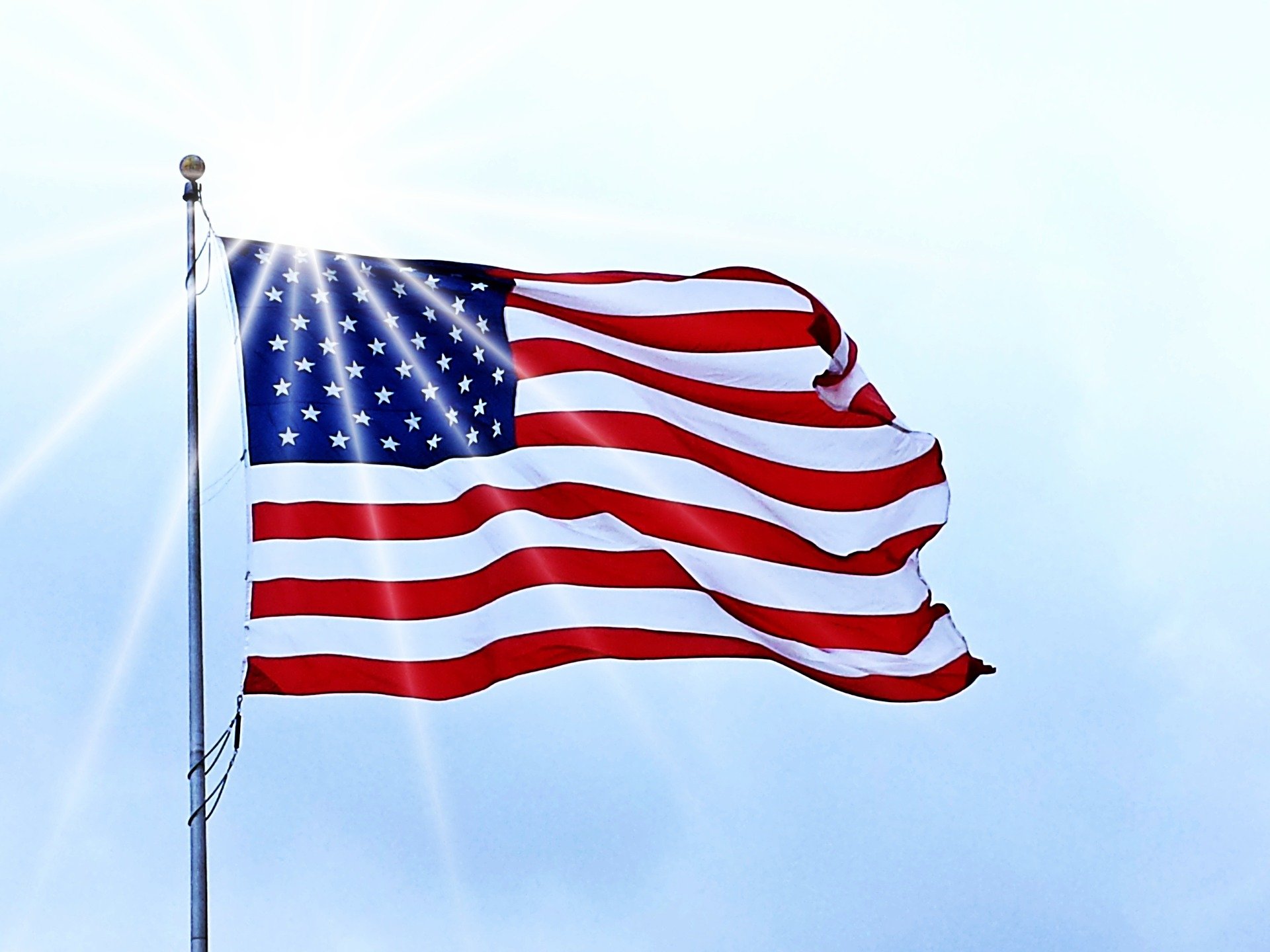The Sierra Nevada finally got a big snowfall this week in a winter that has so far been marked by warm storms that have brought more rain and slush than snow to the mountain range. Snowfall totals for Wednesday night to Friday morning ranged from four and a half feet on Mount Rose in Nevada to three feet at Donner Pass in California.
“So far this has been the largest snow maker that we’ve seen in the Sierra this season,” Colin McKellar, a forecaster with the National Weather Service office in Reno, Nev., said on Friday.
Snow and wind hammered the mountains on Thursday, creating huge delays on highways with cars spinning out.
“It was an epic snow day in the Sierra for sure,” said John O’Connell, a spokesman for Caltrans, the agency that helped manage the traffic mess.
Snow was still falling on Friday afternoon, and drivers were required to use tire chains to travel on many of the major highways, including on Interstates 80 and 50, which provide access in and out of the Tahoe Basin.
Conditions were expected to gradually improve through Friday, with Saturday forecast to be clear and dry, which is good news for people with plans to travel to the mountains over the Presidents’ Day holiday weekend. Light snow showers are likely to fall on Sunday.
“Weather should be better tomorrow, but I would anticipate a lot of traffic today and all weekend because it’s a holiday,” Mr. O’Connell said.
Before the storm, Palisades Tahoe, California’s largest ski resort, opened its mid-mountain Silverado chairlift, which requires a lot of snow to operate and sometimes stays closed all winter. It provides access to 600 acres of the resort’s most challenging terrain.
”It is one of our most requested chairlifts.” said Madison Condon, a spokeswoman for the resort. “Part of what makes it so famous is it’s absolutely extreme. You’ve got huge cliffs, crazy chutes.”
The chairlift was closed again on Thursday because of the heavy snow and strong winds, but it was expected to reopen this weekend.
The big snow dump has brought a high risk for avalanches in the backcountry, including in the Tahoe Basin and around Mammoth Mountain. (Downhill ski resorts have work crews to address avalanche risk.)
Steven Mace, the director of operation at the Eastern Sierra Avalanche Center, said that with sunny, clear weather in the forecast on Saturday, he was concerned that people would be eager to go into the backcountry and would ignore the avalanche risk.
“The big takeaway for this weekend is large, potentially deadly avalanches will continue to be possible,” Mr. Mace said. “Everyone should start the day with the forecast.”
This week’s storm swept into California on Wednesday, unleashing heavy rain in the north and the south, where wildfires have left the landscape especially vulnerable to mudslides and debris flows. When the system arrived in the Sierra late Wednesday night, a mass of cold air was in place. This allowed the storm to produce more snow and at lower elevations, Mr. McKellar said. As of Friday morning, nearly two feet of snow had been recorded around Lake Tahoe, which sits at about a 6,000-foot elevation.
Several storms have swept the Sierra this winter, and they have not only trended warmer but also favored the northern portion.
This is evident in the data collected by the California Department of Water Resources, which shows the northern snowpack is bigger in size than it has typically been at this time of year, while the central and southern half of the snowpack are below normal. The agency carefully tracks the snowpack because it provides about 30 percent of the state’s water supply in a good year.
This storm will help equalize the disparity between north and south, as it delivered a barrage to the entire range. Mammoth Mountain, in the Central Sierra, has recorded 50 inches since Wednesday night.
Mr. Mace was on skis on Thursday in the Mammoth area, taking measurements and beginning to assess avalanche risk. The snow was blowing all over the place, and he could barely see as the snow fell with impressive speed.
“The rate of loading was really intense,” Mr. Mace said. “The snowfall rates were some of the biggest we may have ever seen. We are no stranger to big intense storms here, but we had snowfall rates of four inches an hour with this storm.”

